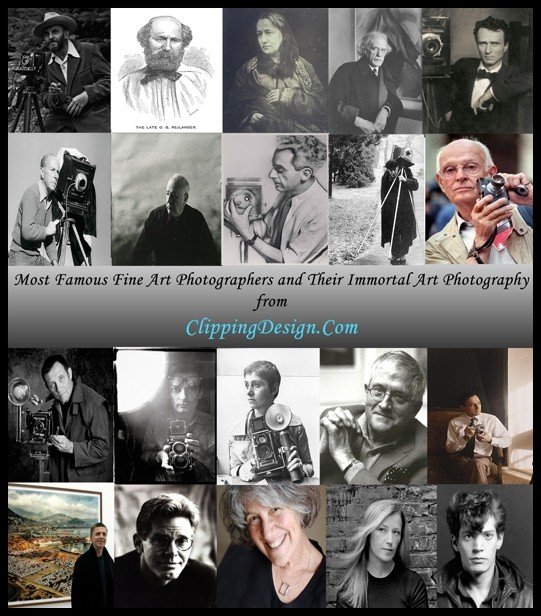
28 May Most Famous Fine Art Photographers and Their Immortal Art Photography (Part-1)
Fine art Photography also known also as “artistic photography” refers the expression of artist’s perceptions and emotions and to share them with others though the art of photography. It is the best innovative type of photography that lets the most famous fine art photographers uses their creativeness to capture photographs. In this post we are introducing biography & photography of world’s best fine art photographers & the legends of photography. So let’s have a look.
Here is a list of the legends & most famous fine art photographers. We also illustrate their short biography & some of their great photographs.
Ansel Adams (1902-1984)
Ansel Adams was born on February 20, 1902, in San Francisco, California. Adams rose to prominence as a photographer of the American West, particularly Yosemite National Park, using his work to promote conservation of wilderness areas. His iconic black-and-white images helped to establish photography among the fine arts. He died in Monterey, California, on April 22, 1984. Ansel Adams was a master of fine art photography. He would pour 18 hours a day into his labor of love, his art.
Neither he, nor his camera, knew the meaning of a day “off.” He loved his work though, and it shows. His photographs are legends and some of his classics include Mt. McKinley, Wonder Lake, Half Dome, Merced River, Winter, Rose and Driftwood , Jeffery Pine Sentinel Dome and Moon and Half Dome. He was a huge activist for the environment and the wilderness.Adams received a Doctor of Arts from both Harvard and Yale universities.
He was awarded the Conservation Service Award by the Department of Interior in 1968, a Presidential Medal of Freedom in 1980, and the Sierra Club John Muir Award in 1963, and was inducted into the California Hall of Fame by California Governor Arnold Schwarzenegger and First Lady Maria Shriver in 2007.
The Minarets Wilderness in the Inyo National Forest and an 11,760-foot (3,580 m) peak therein were renamed the Ansel Adams Wilderness and Mount Ansel Adams respectively in 1985.
The Sierra Club’s Ansel Adams Award for Conservation Photography was established in 1971, and the Ansel Adams Award for Conservation was established in 1980 by The Wilderness Society.
Website: www.anseladams.com
Ansel Adams Photography:-
Oscar Gustave Rejlander (1813-1875)
Oscar Gustave Rejlander (Sweden 1813 – Clapham, London on 18 January 1875) was a pioneering Victorian art photographer.He is a Swedish painter and a photographer who is known as the “father of art photography.”
Rejlander received his general education in Sweden, and he studied painting and sculpture in Rome. After considerable travel he settled in England and from 1853 practiced photography there. Rejlander rejected contemporary conceptions of photography as a scientific or technical medium.
In his efforts to elevate photography to the status of a fine art, he made photographs in imitation of painting. He looked to the example of the Old Masters for their use of composition and pose and often set up his own elaborate compositions in his studio. In many of his works he sought painterly effects by combining several negatives to make one print, with a resulting image that moved beyond the results achieved by straightforward photography.
His most famous work, The Two Ways of Life (1857), was based on the background and arrangement of Raphael’s School of Athens (1509–11) and was created by combining more than 30 negatives. Shown in the Manchester Art Treasures Exhibition of 1857, the photograph was purchased by Queen Victoria as a gift for Prince Albert. Rejlander was also well known for his ability to capture an emotion or sentiment in his work. A series of photographs of facial expressions and gestures made by Rejlander was used by Charles Darwin in his Expression of the Emotions in Man and Animals (1872).
Although he had a period of critical acclaim, Rejlander died impoverished. His influence extended for decades, however, as photographers began to debate the merits of Pictorialism, or the effort to achieve painterly effects, versus the value of more sharply detailed work.
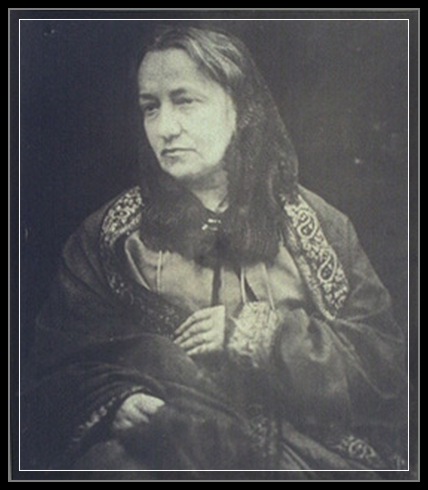
Julia Margaret Cameron Photography:-
Alfred Stieglitz (1864-1946)
Through his activities as a photographer, critic, dealer, and theorist, Alfred Stieglitz had a decisive influence on the development of modern art in America during the early twentieth century. Born in 1864 in New Jersey, Stieglitz moved with his family to Manhattan in 1871 and to Germany in 1881.
Enrolled in 1882 as a student of mechanical engineering in the Technische Hochschule (technical high school) in Berlin, he was first exposed to photography when he took a photochemistry course in 1883. From then on he was involved with photography, first as a technical and scientific challenge, later as an artistic one.
Stieglitz returned to the United States in 1890 where he obtained a reputation as a photographer who liked to overcome technical problems. This including taking the first successful photographs in snow and rain. He also experimented with flash powder so that he could take photographs at night.
Stieglitz was the most influential member of the Club for American Amateur Photographers. A member of the Camera Club he joined with Clarence White, Edward Steichen, Alvin Langdon Coburn, and Gertrude Kasebier in 1902 to form the Photo secession Group.
During the 1930’s, Stieglitz took a series of portraits of Dorothy Norman and O’Keeffe. These photographs were the first to recognize the artistic potential of isolated parts of the human body. In 1933, Stieglitz presented a gift of more than 1,000 works of art from over 100 artists to the Metropolitan Museum of Art and in 1941; the Museum of Modern Art acquired a group of Stieglitz’s photographs.
Stieglitz was forced to retire in 1937, due to a heart disease. Stieglitz died on July 13, 1946, at the age of 82.
Alfred Stieglitz Photography :-
Edward Steichen (1879-1973)
Edward Steichen was an American fine art photographer, painter, and museum curator who helped transform photography into an art form and one of the most important figures in the history of photography. At the turn of the century his photographs were hailed for their artistic quality. In the 1920s he produced a new style of fashion illustration and portraiture for magazines.
Edward Steichen was born in Luxembourg on 27th March, 1879. When Edward was three years old his family moved to the United States and eventually settled in Hancock, Michigan.
Steichen took up photography in 1895, at the age of sixteen, and was self-taught. During his early career, around the turn of the century, he was associated with a style of photography known as Pictorialism. The Pictorialists felt that the aesthetic promise of photography lay in an emulation of painting. Steichenís early work, then, adopted many Pictorialist techniques (a jiggled tripod, a lens bathed in glycerin, or various darkroom tricks) designed to produce ìpainterlyî soft-focus effects. During this period, Steichen was also a painter, until he burned all his canvases in 1922.
In 1905, with Stieglitz, he founded the famous Little Galleries of the Photo Secession at 291 Fifth Avenue in New York (later the 291 Gallery) to promote photography as an art form in particular, and European Modernism in general. Steichen soon came under the spell of the new art movements with their abstract geometries, and he gradually abandoned his Pictorialism in favor of straight photography with a strong sense of design and clean, uncluttered images and compositions. Steichen went on to command the photographic division of the U.S. Expeditionary Forces in World War I, and to direct the Naval Photographic Institute in World War II. During the 1920s and 1930s he worked as a commercial photographer for Conde Nást publications including Vogue and Vanity Fair, and from 1947-1962 was Director of the Department of Photography at the Museum of Modern Art in New York. In 1955, he organized the famous Family of Man exhibition which toured the world.
Website: ww.artcyclopedia.com/artists/steichen_edward_j.html
Edward Steichen Photography:-
Edward Weston (1886-1958)
Edward Henry Weston was born March 24, 1886, in Highland Park, Illinois. He spent the majority of his childhood in Chicago where he attended Oakland Grammar School. He began photographing at the age of sixteen after receiving a Bull’s Eye #2 camera from his father.
Edward Weston was renowned as one of the masters of 20th century photography. His legacy includes several thousand carefully composed, superbly printed photographs, which have influenced photographers around the world. Photographing natural landscapes and forms such as artichoke, shells, and rocks, using large-format cameras and available light. Weston’s sensuously precise images rise to the level of poetry. The subtle use of tones and the sculptural formal design of his works have become the standards by which much later photographic practice has been judged. Ansel Adams has written: “Weston is, in the real sense, one of the few creative artists. He has recreated the matter-forms and forces of nature; he has made these forms eloquent of the fundamental unity of the world. His work illuminates man’s inner journey toward perfection of the spirit.”
Weston was greatly influenced by a visit to an exhibition of modern art at the San Francisco World Fair in 1915. His work became much more experimental and by the end of the First World War he had began to place a new emphasis on abstract forms.
In 1922 Weston met Alfred Stieglitz and Paul Strand in New York City. After looking at their work he became convinced that “the camera should be used for a recording of life, for rendering the very substance and quintessence of the thing itself, whether it be polished steel or palpitating flesh.”
Weston opened a new studio in San Francisco in 1928. He began photographing natural landscapes and objects. Weston used a large-format camera with a small aperture, to achieve the greatest possible depth of field and resolution of detail. In 1932 Weston joined with Imogen Cunningham and Ansel Adams to form Group f/64.
In 1935 Franklin D. Roosevelt established the Works Projects Administration (WPA) as part of the New Deal attempt to combat the Depression. This included the Federal Art Project (FAP) that provided finance for the employment of artists. As well as artists, FAP also employed photographers, and Weston was involved in work in New Mexico and California.
Books produced by Weston include The Art of Edward Weston (1932), California and the West (1940), Leaves of Grass (1940), based on the writings of Walt Whitman, and My Camera on Point Lobos (1950). Edward Weston died in Carmel, California, on 1st January, 1958.
Website: www.edward-weston.com
Edward Weston Photography:-
Paul Strand (1890-1976)
Paul Strand was born in New York in 1890. When he was 17 years old, he began taking photography courses, studying under famed photographer Lewis Hine. During his training, Strand also became acquainted with Alfred Stieglitz, who’s 291 Gallery in New York provided inspiration for Strand and other aspiring modernist photographers and artists.
Strand believed in the redemptive power of art that is rooted in the reality of everyday life, and was an articulate advocate for a “pure” aesthetic in creative photography. Believing in the “absolute unqualified objectivity” of photography, Strand created tightly structured compositions printed in rich chiaroscuro, innovative for their authenticity and dynamism.
His early subjects included street people of New York, nudes of his wife Rebecca, still lifes, landscapes of New Mexico, and experiments with abstraction and movement. By 1916 his work was championed by Steiglitz with solo exhibitions at 291 and publication in Camera Work’s final issues, devoted exclusively to his photographs.
An active filmmaker through the 1920s and 1930s, Strand returned to his interest in portraiture by the mid-1940s when his primary goal was to reveal the essential character of his subject with its physical and psychological ties to the larger world.
Motivated by his ideology and influenced by his experience in film, he created a series of cultural portraits, exploring both the portfolio and book form: Photographs of Mexico (1940), Time in New England (1950), Un Paese (1955), Tir a’Mhurain: Outer Hebrides (1968), Living Egypt (1969), and Ghana: An African Portrait (1976). He immigrated to France in 1950 in response to the growing oppression of McCarthyism.
His films included:
• Manhatta (1921) – by Paul Strand and Charles Sheeler
• The Wave (1936)
• The Plow That Broke the Plains (1936)
• The Heart of Spain (1937)
• Native Land (1942)
• It’s Up to You (1943)
Website: wikipedia.org/wiki/Paul_Strand
Paul Strand Photography:-
Man Ray (1890-1976)
Man Ray was a pioneer in 20th century avant-garde art and fine art photography and a leading figure in the Dada and Surrealist art movements in both America and in France, where he lived for many years. He was born Emmanuel Radnitzky on 20th August 1890 in Philadelphia.
He was the most well-known representative of avant-garde photography in 1930 and is regarded as a pioneer of Surrealist photography. His work is extremely eclectic – as painter, object artist, film maker and photographer, he is part of the Dada and Surrealist movements.
Man Ray was the first artist whose photographs were more valuable to collectors than his artistic/pictorial work. He thereby made an important contribution to the re-evaluation of photography as an art form. His photograph “Noire et blanche” (1926) was auctioned by Christies in 1998 for a record sum of $550,000.
From 1897 Man Ray lived in New York. He took art evening classes, from 1911 worked as a map illustrator, and also began painting and sculpting. In 1921 he moved to Paris and met the Surrealists. Man Ray the photographer was self-taught. He earns money with reproductions and portraits of his artist friend.
By 1922 he had opened his own studio and was elevated to the role of official photographer of the avant-garde. From 1919, Man Ray experimented intensively with photographic techniques (Sandwich montage, double exposure, photo collage).
In 1921 he created his first photogram (“Rayographs” “Rayogrammes”) and exhibited his first photographs. He also met Alice Prin alias “Kiki”, who became his lover and muse and who posed for “Noire et blache” and “Le Violon d’Ingres”.
From 1922, Man Ray also worked as a fashion photographer for “Vogue”, and “Vanity Fair”, amongst others. He made photographic character studies of great cultural figures of the time, such as Joyce, Proust, Picasso, and Matisse. Berenice Abbot and Lee Miller studied photography under Ray’s tutelage, and in 1929, he began a relationship with Miller, with whom he explored the photographic technique of solarisation & In 1940 Man Ray emigrated to the USA, and thereafter gradually lost interest in photography.
His work was recognized and won awards in various exhibitions (including “Gold Medal for Photography” in the 1961 Venice Biennale, The DGPh cultural award in 1966). In 1946 he married Juliet Browner with whom he returned to Paris, where he lived from 1951 until his death on November 18th 1976. The epitaph on his gravestone reads “unconcerned, but not indifferent”.
Website: www.manray.net
Man Ray Photography:-

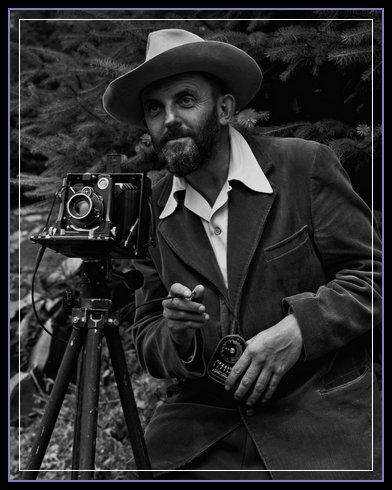
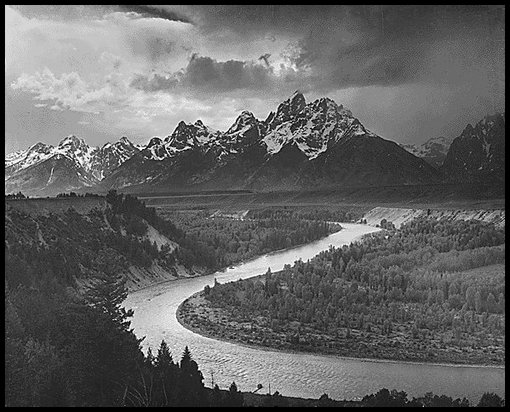
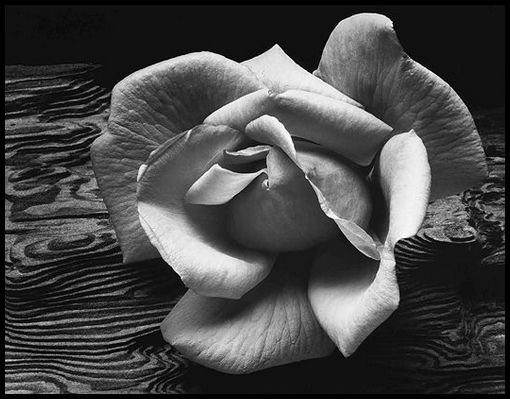
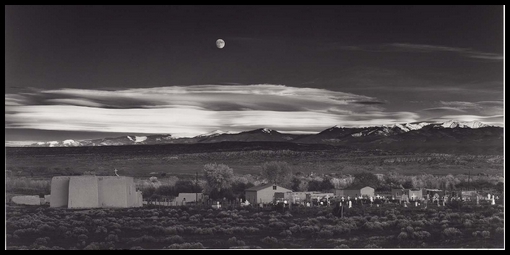
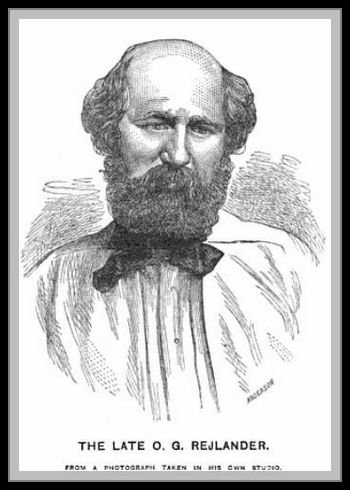
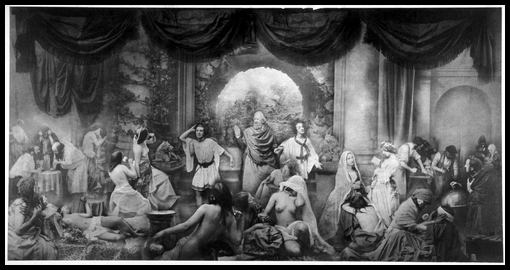
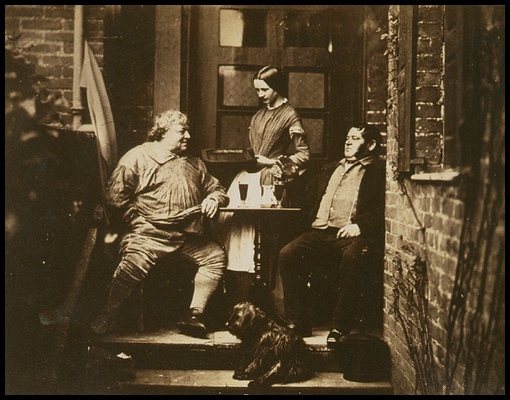
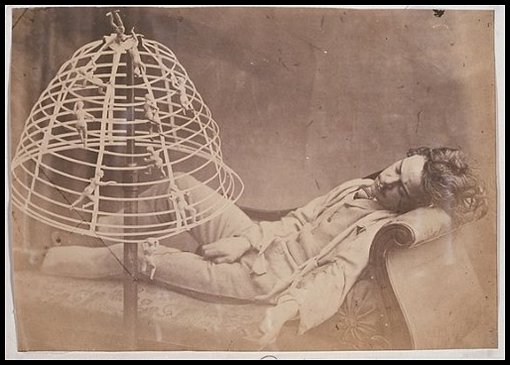
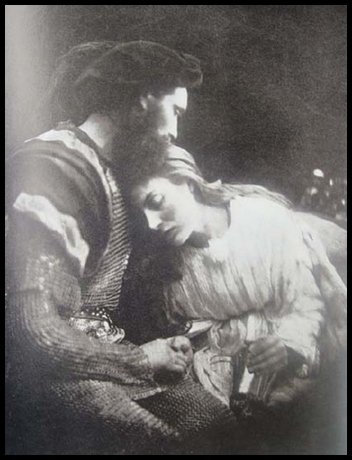
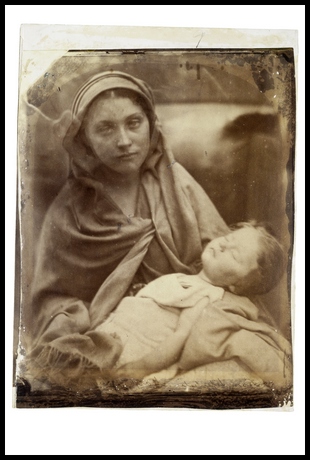
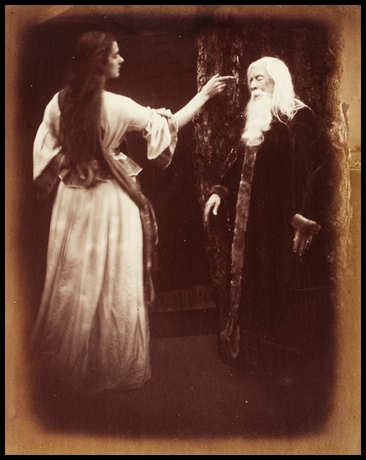
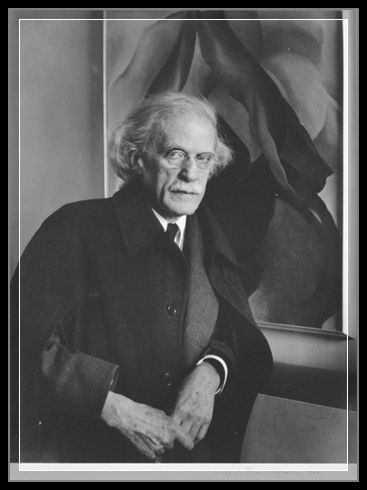
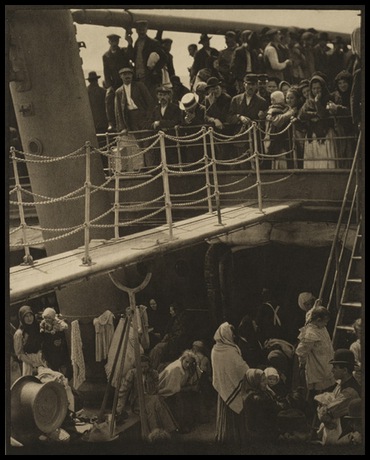
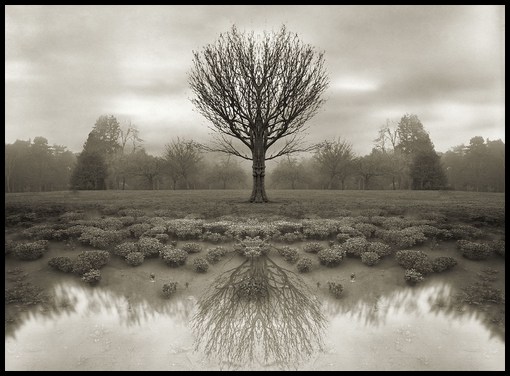
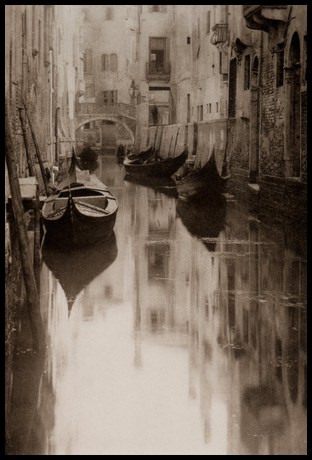
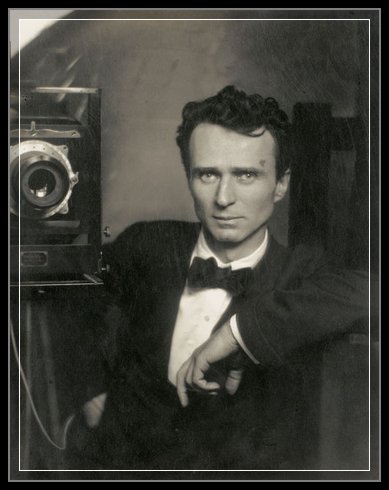
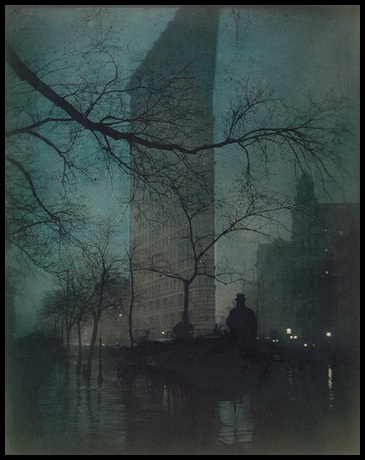
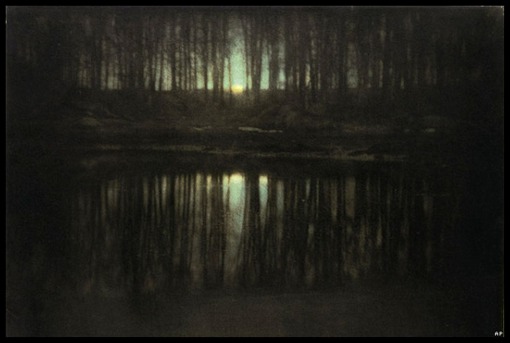
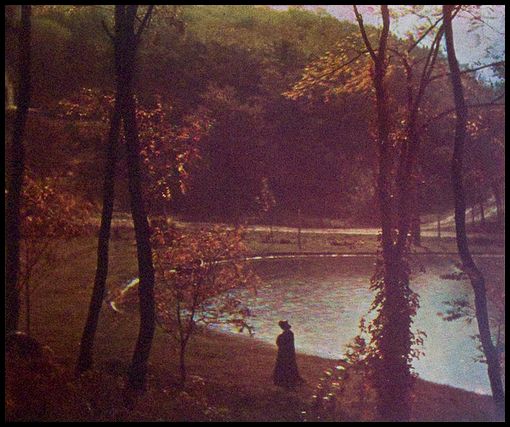
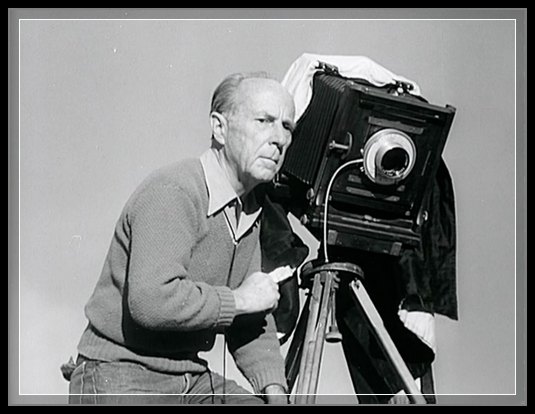
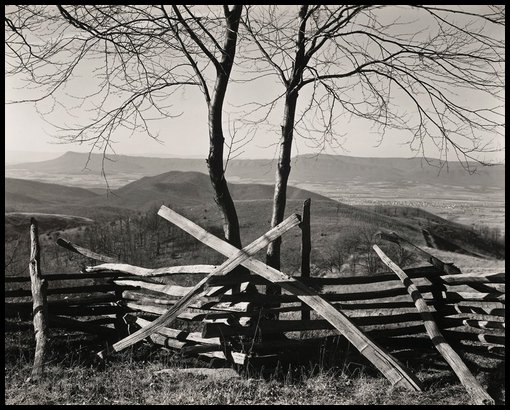
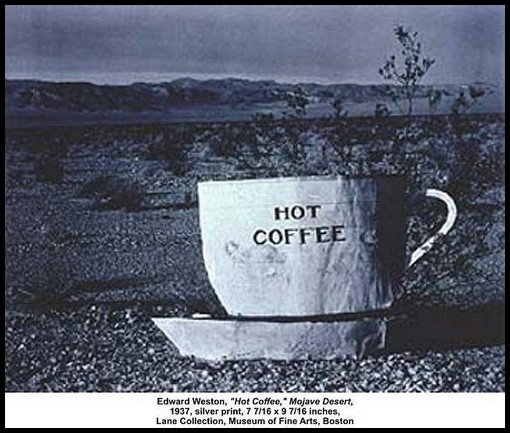
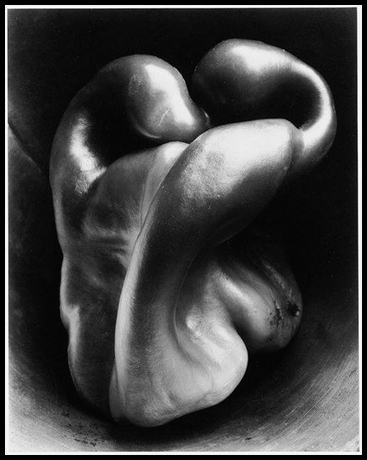
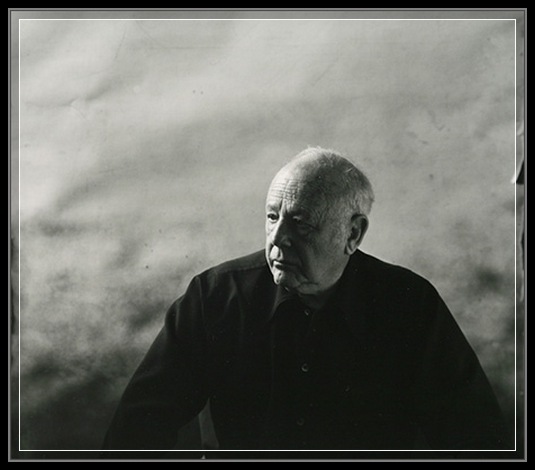
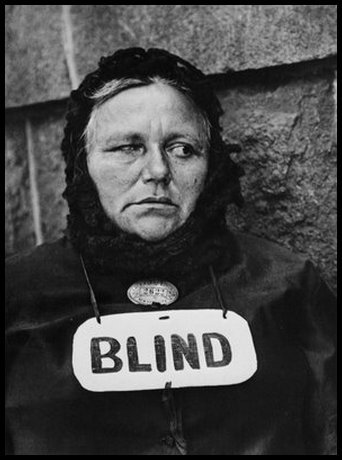
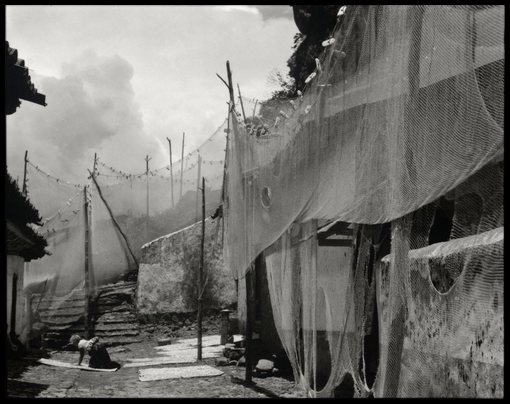
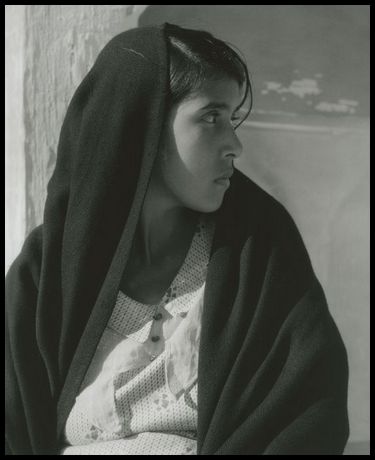
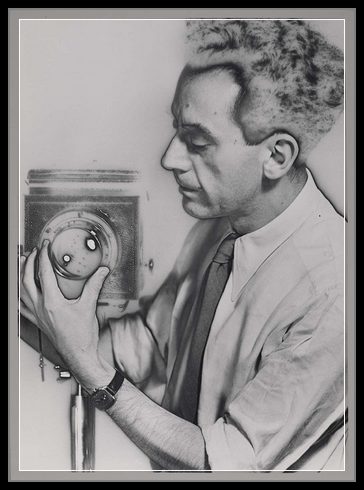
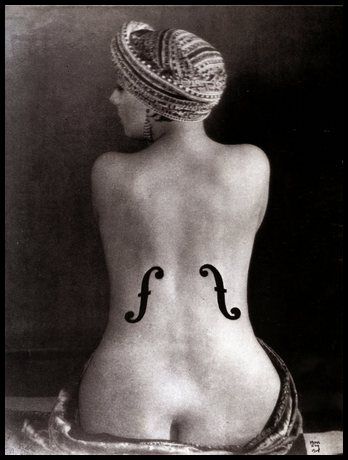
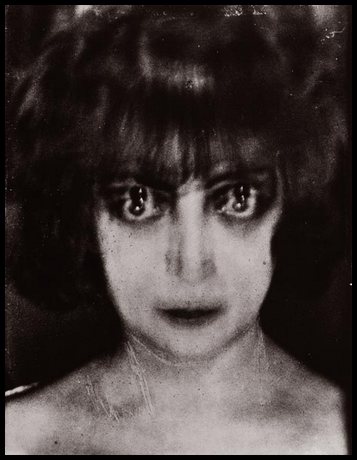
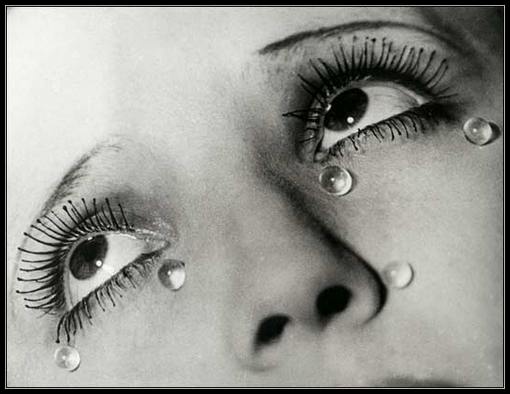
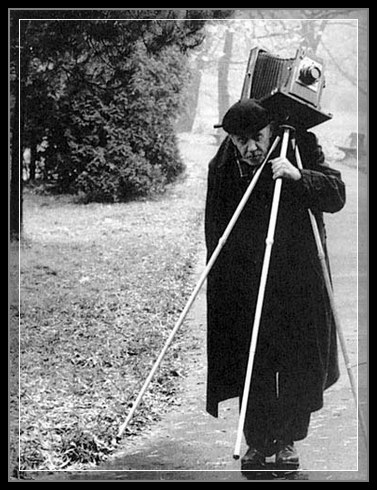
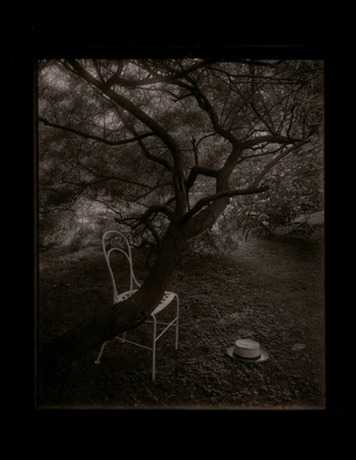
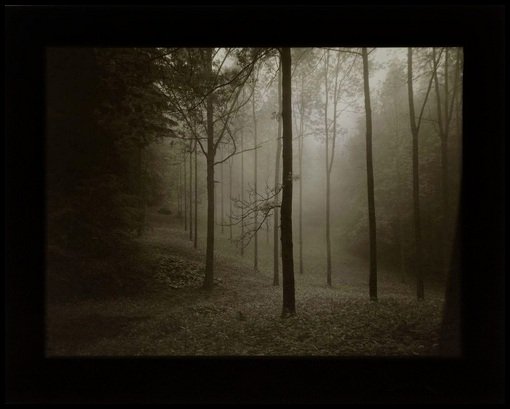
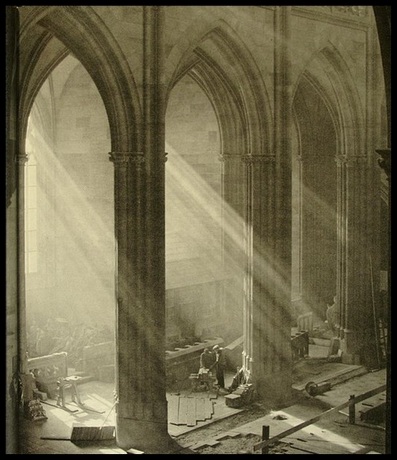
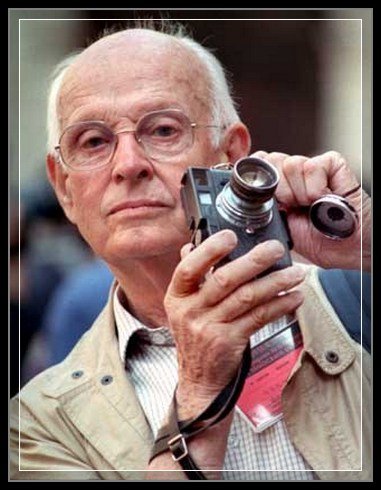
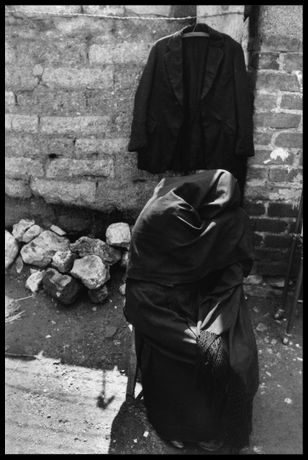
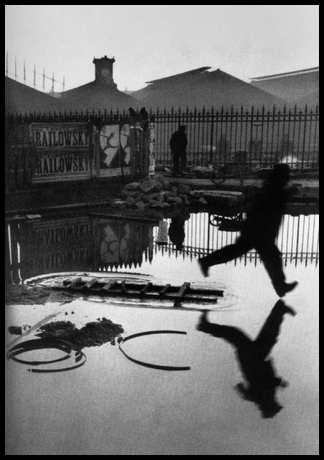
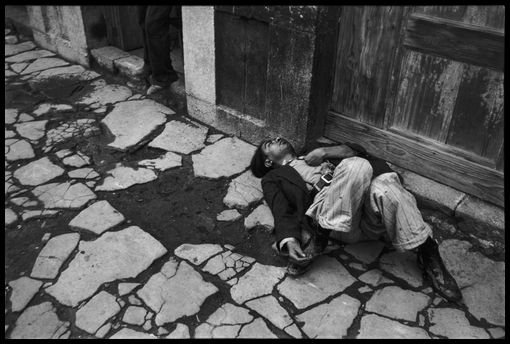
Robert Versteegen
Posted at 18:53h, 26 JanuaryA wonderful collection of the best, there is a big difference between than an now, at these day’s in digital area the people are shooting pictures, in the old day’s they maked photographs. wonderful !!!